The PLA -- the world's largest military force with more than 2 million active personnel -- is often described as "party-army" with professional characteristics". Mao's successor, Deng Xiaoping, made a concerted effort to put the PLA under the command of the state instead of the CCP -- an initiative carried forward by his successors, albeit with varying degrees of emphasis. The ascent of Xi Jinping in 2013 marked a new chapter as he sought to inject a renewed sense of party ideology into the PLA and modernise it.
The Chinese Communist Party (CCP) announced the most extensive set of reforms for the Peoples's Liberation Army (PLA) in its history. These reforms sought to consolidate President Xi Jinping's hold over the Army and bring about jointness in the forces by replacing military regions with theatre commands.
Though "world-class" is not explicitly defined, a rough survey of 'PLA Daily' suggests that world-class forces are roughly similar to major military powers, including the US, France, UK, and to a certain extent in some elements, India. This points towards the ability to deploy (including airlift) troops with agility and flexibility anywhere, including abroad, to protect Chinese interests.
These reforms align with China's expanding overseas footprint -- investments under the Belt and Road Initiative, the growing profile of the PLA Navy (PLAN) in anti-piracy operations and its first overseas military base in Djibouti, on the Horn of Africa. Besides, these reforms bring the PLA on a par with the major militaries in the world in terms of force posture and joint capabilities.
The restructuring of the PLA comes on the back of an exponential increase in China's defence budget since the late 1990s. For the past decade, its military spending has surpassed the annual GDP growth, reflecting Beijing's priority for military modernisation and its global ambitions.
In 2020, its spending was $209.16 billion (1.268 trillion yuan). According to Chinese Ministry of Finance figures, this year, the spending is expected to be close to $208 billion (1.35 trillion yuan).
It is the PLA's cyber, space, and electronic warfare service branch. Its focus on emerging technologies points to China's recognition of the global trend that "informatisation" or information-based/data-driven combat operations are at the core of contemporary military advancement.
The SSF reports directly to the CMC and not to any of the theatre commands, enabling joint operations for all the theatre commands through the CMC, acting like their "information umbrella". Its creation has improved the PLA's ability to fight information wars vis-a-vis its adversaries.
The SSF administers two deputy theatre command-level departments: the Space Systems Department, responsible for military space operations and the Network Systems Department, responsible for information operations such as cyberattacks and cyber espionage campaigns, for which China has gained notoriety in recent years.
India's first Chief of Defence Staff, late General Bipin Rawat, had remarked that China is the "biggest security threat" facing India. India will have to take a long view of China's transformed military power and expedite and adjust its defence reforms to achieve the same results.
Implementing such reforms requires greater political management of the forces and lesser interference from the civilian bureaucracy. Moreover, optimising the limited budgetary resources, India must intensify its ongoing force restructuring initiatives, including integrating the three services and adding to its power projection capabilities.
The Russian-Ukraine conflict has exposed the limitation of the United Nations to safeguard the interest of the nation when attacked by the adversary. Russia rightly or wrongly has destroyed Ukraine and the international community has remained a mute spectator. India must tighten its belt and secure maximum budgetary allocation for the modernization of its armed forces to tackle the ever-growing real-time threat of expansionist China.
Prashant Tewari Editor in Chief







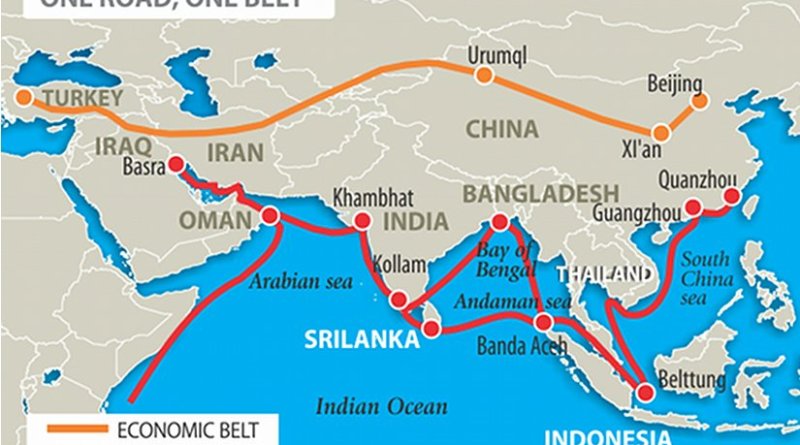
 OpinionExpress.In
OpinionExpress.In




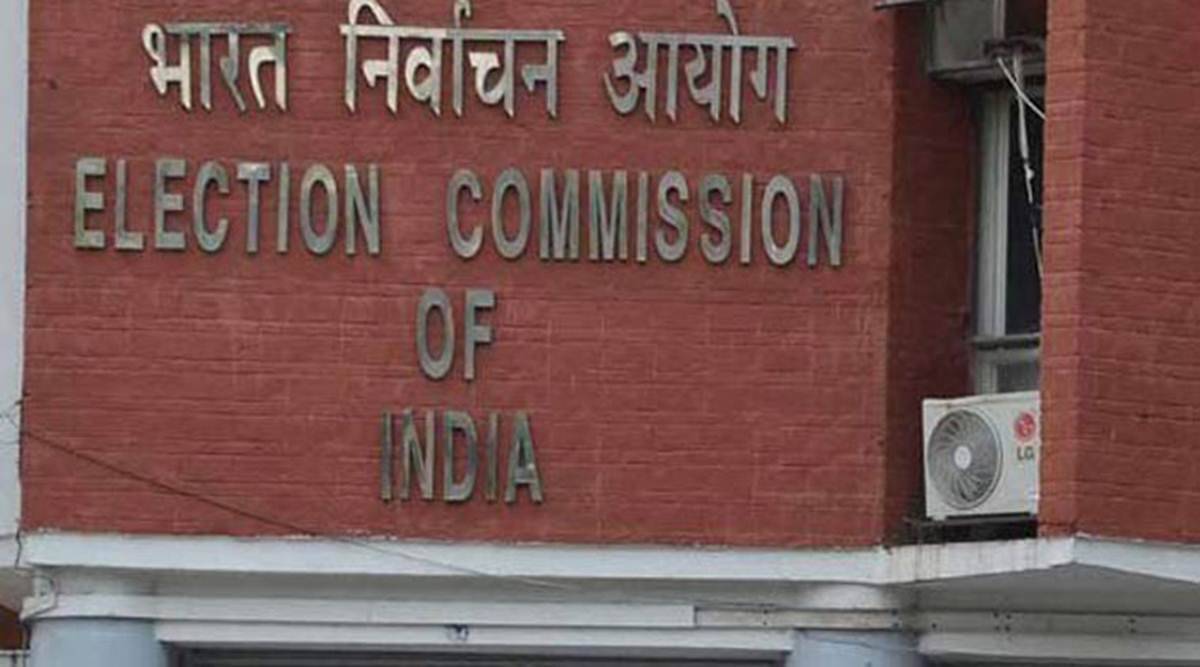
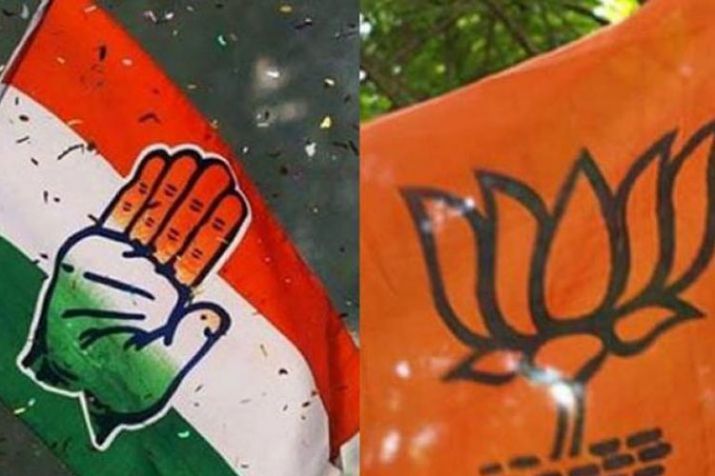
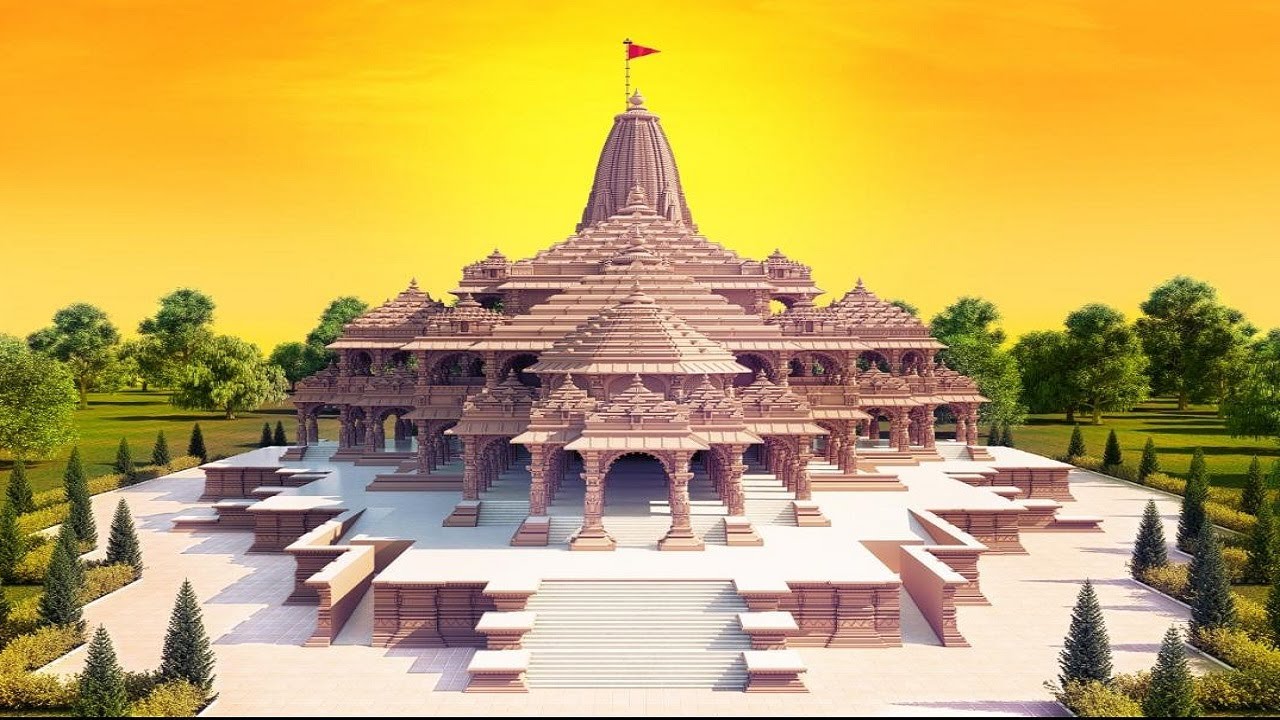
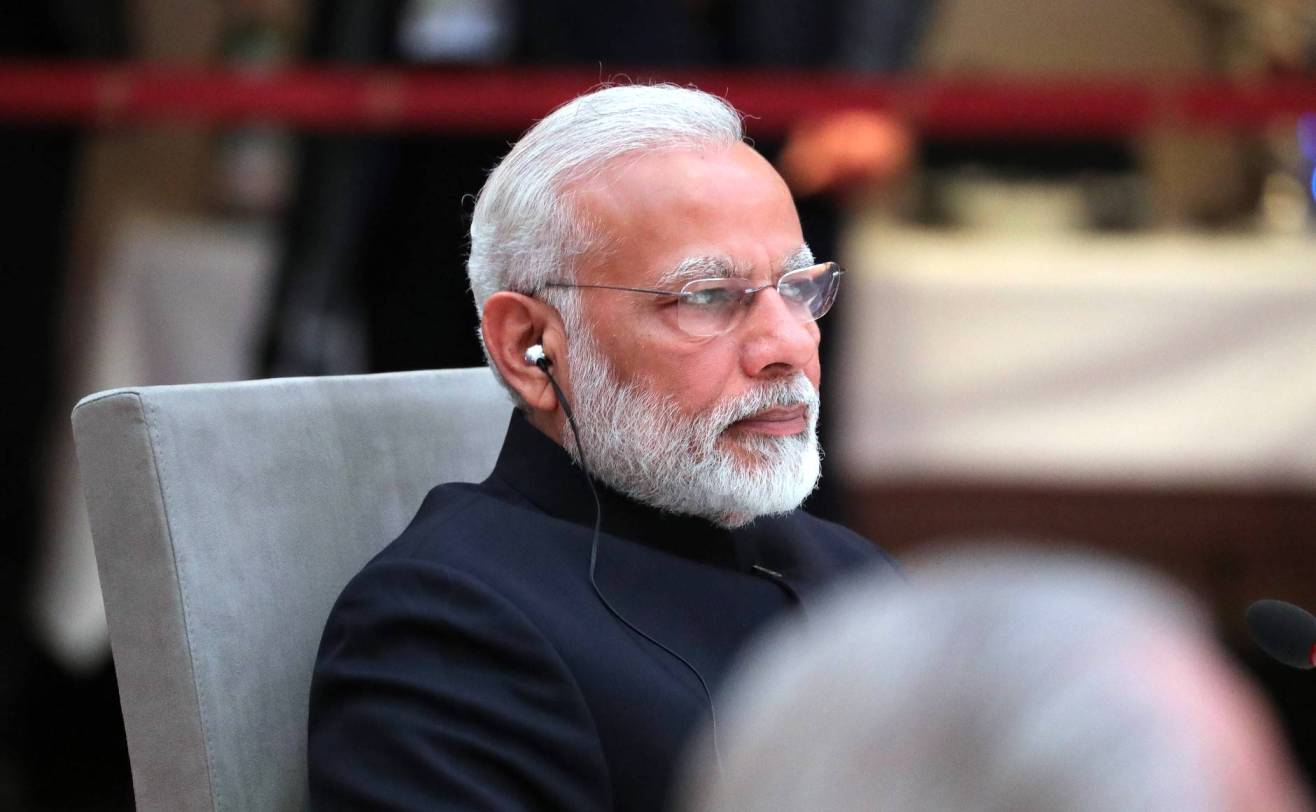
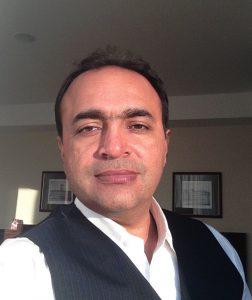






Comments (0)